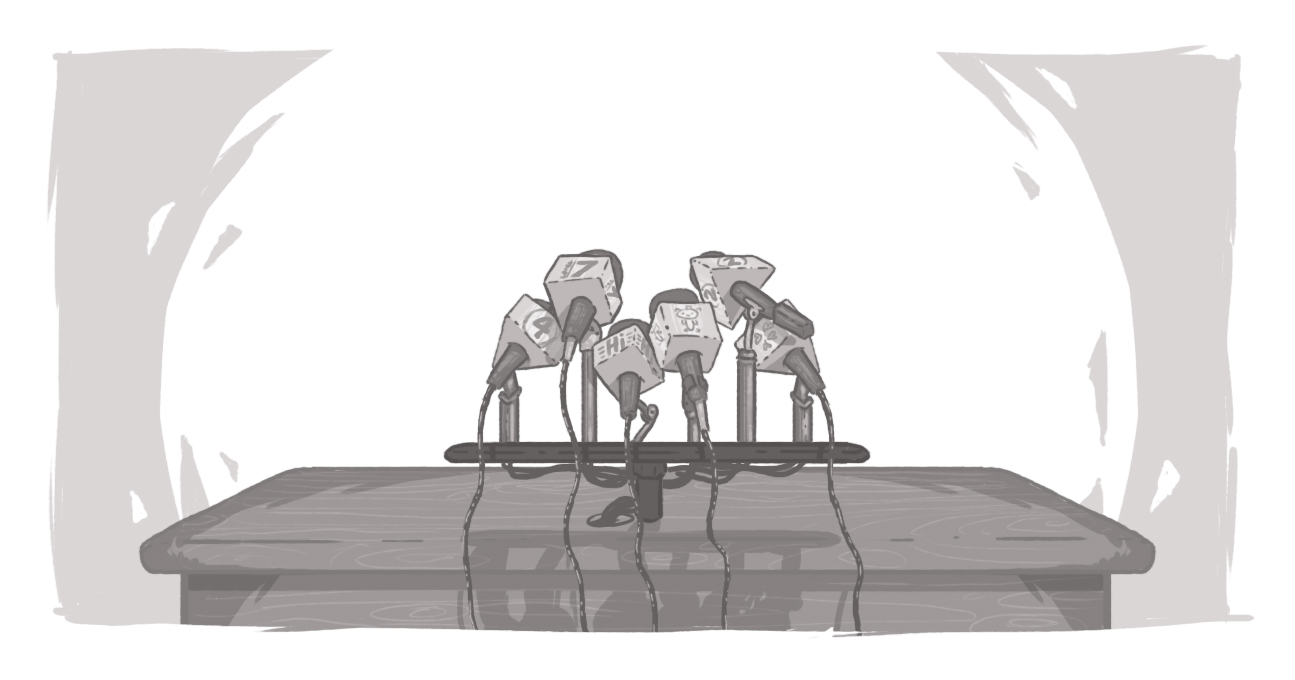The Early Days of Islandora - Part One of An Interview with Founder Mark Leggott

Islandora is an open-source software framework designed to help institutions, organizations, and their audiences collaborative manage and discover digital assets using a best practices framework. Digital Echidna, as a long-time supporter of open-source technology, has increasingly been involved with Islandora and will be attending Islandoracon 2017 in Hamilton, ON from May 15-19th.
In celebration of this, over the next few weeks we’re going to be sharing some expertise from the Islandora community. We’ll share Q&As from our partner in the CWRC research project; you’ll read insight from our in-house developer Luke Bainbridge; and we’re going to start with a three-part interview with Islandora’s founder, Mark Leggott -- currently the Executive Director at Research Data Canada, part of CANARIE.
Leggott hasn’t been involved with Islandora for approximately 18 months since assuming his position at RDC, but he’s a strong advocate for open science, open data, and open-source technology.
Today’s post looks at the early days of Islandora, where Islandora may be poised for growth, and what’s prevented it from having a commercial breakthrough to date.
ECHIDNA: What’s Your Background with Islandora?
LEGGOTT: “I started the Islandora project when I was the university librarian at the University of Prince Edward Island. I arrived there in 2006. I started architecting the Islandora project pretty much right away. By 2007 we had Initial Drupal/Fedora integration in house -- so Islandora was born from that University of PEI foundation. Almost all of what we did in the first couple of years was what I call VRE -- (Virtual Research Environment) -- mostly building collaborative sites for researchers. That was the genesis.
"Then we started using it for the library’s own digital collection, the typical what I call ARC -- Academic Research and Culture collections that you typically see in Islandora today.
"From there we open sourced it and started pulling in the larger community. I got a large four-year research grant to build up the Islandora software. Part of the funding was to create a spin-off company. Part of the proposal was to create a sustainable open-source ecosystem. And part of that sustainable business plan was to facilitate commercial participation. It turned out that I started creating the company before I found out I had received this grant. Even though it was a key part of the proposal, the two were in lockstep together.”
ECHIDNA: That company became Discovery Garden
LEGGOTT: “So Discovery Garden was, in essence, spun out from UPEI. We were quite deliberate about that. The Foundation itself was then started as the Islandora project grew. And one of its core mandates was not just build a community, but to build a diverse community. Part of that to encourage commercial and entrepreneurial activity around the platform. So whenever we had an opportunity to socialize the commercial side of it, we certainly did. It was never “let’s make Discovery Garden the be all and end all.” It was a deliberate strategy to have a diverse group of commercial players that could respond to different levels in the community. Maybe public libraries, academic libraries, museums -- that was the strategy.”
ECHIDNA: Overall do you feel there has been a solid level of commercial acceptance of Islandora? Or is it a process that needs to be more robust?
LEGGOTT: “I think it could be improved. I suspect that what I would call enterprise-level adoption, Fortune 500-type organizations, there are a few. I think most of them have probably come from Discovery Garden. But I think there’s a dearth of enterprise implementation partly because the current Islandora and solution-pack approach tends to focus on the content types that are of interest to that ARC community.
"Having said that the framework is, I feel, an ideal enterprise framework. At the University of PEI, Islandora was used across the enterprise. It was used for Senate business, academic planning committees, all kinds of committees, and university records. We used it as an enterprise system. I think the lack of attention for the buzzwords or taking through the government security audits and those kind of things probably would facilitate its adoption into enterprise. I think there’s no reason Islandora could not be a very popular enterprise project. And we certainly responded when I was at Discovery Garden to Fortune 500-type RFPs for asset management systems. There’s a definite need out there and I think it could be a direct competitor to systems like Sharepoint. There’s just not enough business intelligence at the moment in the community about how to do that.
"I think that some of the decisions we make are almost positioned to exclude the enterprise. For example, when I was on the Fedora 4 steering committee, one of the first and what I felt was one of the most important recommendations that I made was that Fedora 4, should work with CMIS API -- which is a common repository API protocol that’s used by enterprise products like Alfresco and others to facilitate interoperability in the enterprise repository conflicts. But the community insisted on building its own API. I think that’s still a mistake because it marginalizes the stack. That’s an opinion though.”
Part two of the interview focuses on the intentional divisions between Islandora and Drupal and the role that Drupal shops, like Digital Echidna, can play in the technology’s future.
SUBSCRIBE TO OUR E-NEWSLETTER
 Subscribe
Subscribe


